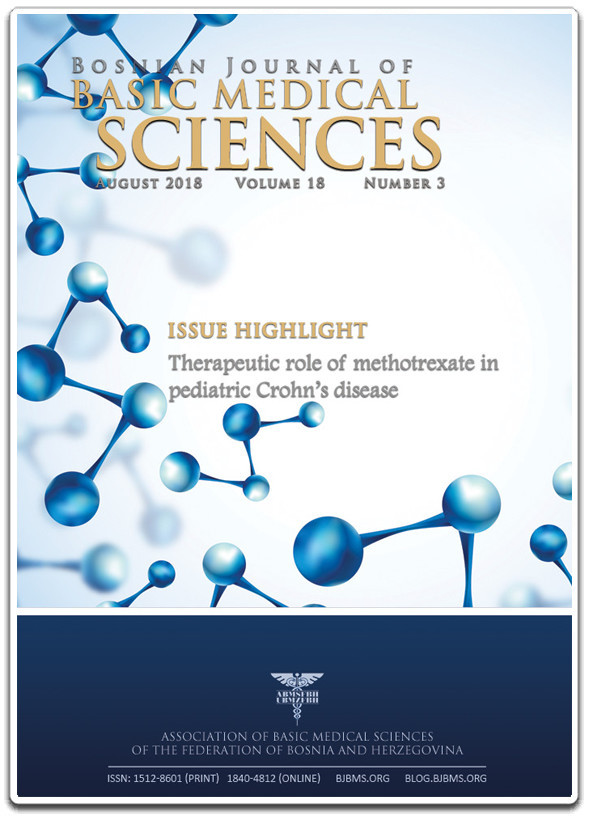 “Cannabis
“Cannabis has been used as a medicinal plant for thousands of years.
As a result of centuries of breeding and selection, there are now over 700 varieties of
cannabis that contain hundreds of compounds, including cannabinoids and terpenes.
Cannabinoids are fatty compounds that are the main biological active constituents of
cannabis. Terpenes are volatile compounds that occur in many plants and have distinct odors.
Cannabinoids exert their effect on the body by binding to receptors, specifically cannabinoid receptors types 1 and 2. These receptors, together with endogenous cannabinoids and the systems for synthesis, transport, and degradation, are called the Endocannabinoid System.
The two most prevalent and commonly known cannabinoids in the
cannabis plant are delta-9-tetrahydrocannabinol (THC) and cannabidiol.
The speed, strength, and type of effects of
cannabis vary based on the route of administration. THC is rapidly distributed through the body to fatty tissues like the brain and is metabolized by the cytochrome P450 system to 11-hydroxy-THC, which is also psychoactive.
Cannabis and cannabinoids have been indicated for several medical conditions.
There is evidence of efficacy in the symptomatic treatment of nausea and vomiting, pain, insomnia, post-traumatic stress disorder, anxiety, loss of appetite, Tourette’s syndrome, and epilepsy.
Cannabis has also been associated with treatment for glaucoma, Huntington’s Disease, Parkinson’s Disease, and dystonia, but there is not good evidence to support its efficacy. Side effects of
cannabis include psychosis and anxiety, which can be severe.
Here, we provided a summary of the history of
cannabis, its pharmacology, and its medical uses.”
https://www.ncbi.nlm.nih.gov/pubmed/30139415
 “Following the discovery of the endocannabinoid system and its potential as a therapeutic target for various pathological conditions, growing interest led researchers to investigate the role of cannabis and its derivatives for medical purposes. The compounds Δ9-tetrahydrocannabinol and cannabidiol are the most abundant phytocannabinoids found in cannabis extracts, as well as the most studied. The present review aims to provide an overview of the current evidence for their beneficial effects in treating psychiatric disorders, including schizophrenia, anxiety, and depression. Nevertheless, further investigations are required to clarify many pending issues, especially those relative to the assessment of benefits and risks when using cannabis for therapeutic purposes, thereby also helping national and federal jurisdictions to remain updated.”
https://www.ncbi.nlm.nih.gov/pubmed/30279403
https://www.mdpi.com/2305-6320/5/4/107
“Following the discovery of the endocannabinoid system and its potential as a therapeutic target for various pathological conditions, growing interest led researchers to investigate the role of cannabis and its derivatives for medical purposes. The compounds Δ9-tetrahydrocannabinol and cannabidiol are the most abundant phytocannabinoids found in cannabis extracts, as well as the most studied. The present review aims to provide an overview of the current evidence for their beneficial effects in treating psychiatric disorders, including schizophrenia, anxiety, and depression. Nevertheless, further investigations are required to clarify many pending issues, especially those relative to the assessment of benefits and risks when using cannabis for therapeutic purposes, thereby also helping national and federal jurisdictions to remain updated.”
https://www.ncbi.nlm.nih.gov/pubmed/30279403
https://www.mdpi.com/2305-6320/5/4/107


 “With treatment benefits in both the central nervous system and the peripheral system, the medical use of cannabidiol (CBD) has gained increasing popularity.
Given that the therapeutic mechanisms of CBD are still vague, the systematic identification of its potential targets, signaling pathways, and their associations with corresponding diseases is of great interest for researchers.
In the present work, chemogenomics-knowledgebase systems pharmacology analysis was applied for systematic network studies to generate CBD-target, target-pathway, and target-disease networks by combining both the results from the in silico analysis and the reported experimental validations.
Based on the network analysis, three human neuro-related rhodopsin-like GPCRs, i.e., 5-hydroxytryptamine receptor 1 A (5HT1A), delta-type opioid receptor (OPRD) and G protein-coupled receptor 55 (GPR55), were selected for close evaluation. Integrated computational methodologies, including homology modeling, molecular docking, and molecular dynamics simulation, were used to evaluate the protein-CBD binding modes. A CBD-preferred pocket consisting of a hydrophobic cavity and backbone hinges was proposed and tested for CBD-class A GPCR binding.
Finally, the neurophysiological effects of CBD were illustrated at the molecular level, and dopamine receptor 3 (DRD3) was further predicted to be an active target for CBD.”
“With treatment benefits in both the central nervous system and the peripheral system, the medical use of cannabidiol (CBD) has gained increasing popularity.
Given that the therapeutic mechanisms of CBD are still vague, the systematic identification of its potential targets, signaling pathways, and their associations with corresponding diseases is of great interest for researchers.
In the present work, chemogenomics-knowledgebase systems pharmacology analysis was applied for systematic network studies to generate CBD-target, target-pathway, and target-disease networks by combining both the results from the in silico analysis and the reported experimental validations.
Based on the network analysis, three human neuro-related rhodopsin-like GPCRs, i.e., 5-hydroxytryptamine receptor 1 A (5HT1A), delta-type opioid receptor (OPRD) and G protein-coupled receptor 55 (GPR55), were selected for close evaluation. Integrated computational methodologies, including homology modeling, molecular docking, and molecular dynamics simulation, were used to evaluate the protein-CBD binding modes. A CBD-preferred pocket consisting of a hydrophobic cavity and backbone hinges was proposed and tested for CBD-class A GPCR binding.
Finally, the neurophysiological effects of CBD were illustrated at the molecular level, and dopamine receptor 3 (DRD3) was further predicted to be an active target for CBD.”
 “The plant Cannabis sativa L. has been used as an herbal remedy for centuries and is the most important source of phytocannabinoids.
The endocannabinoid system (ECS) consists of receptors, endogenous ligands (endocannabinoids) and metabolizing enzymes, and plays an important role in different physiological and pathological processes.
Phytocannabinoids and synthetic
“The plant Cannabis sativa L. has been used as an herbal remedy for centuries and is the most important source of phytocannabinoids.
The endocannabinoid system (ECS) consists of receptors, endogenous ligands (endocannabinoids) and metabolizing enzymes, and plays an important role in different physiological and pathological processes.
Phytocannabinoids and synthetic  “Autism Spectrum Disorder (ASD) is characterized by persistent deficits in social communication, restricted and repetitive patterns of behavior, interests, or activities and often intellectual disabilities.
No effective treatment for the core symptoms of ASD is currently available.
There is increasing interest in
“Autism Spectrum Disorder (ASD) is characterized by persistent deficits in social communication, restricted and repetitive patterns of behavior, interests, or activities and often intellectual disabilities.
No effective treatment for the core symptoms of ASD is currently available.
There is increasing interest in 


 “The scientific study of the role of
“The scientific study of the role of 